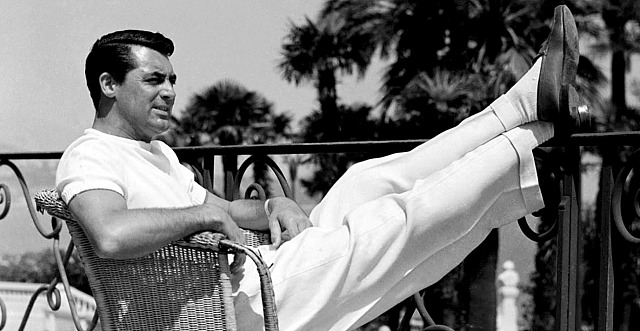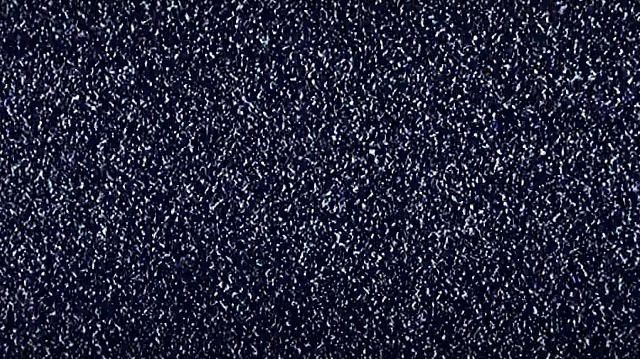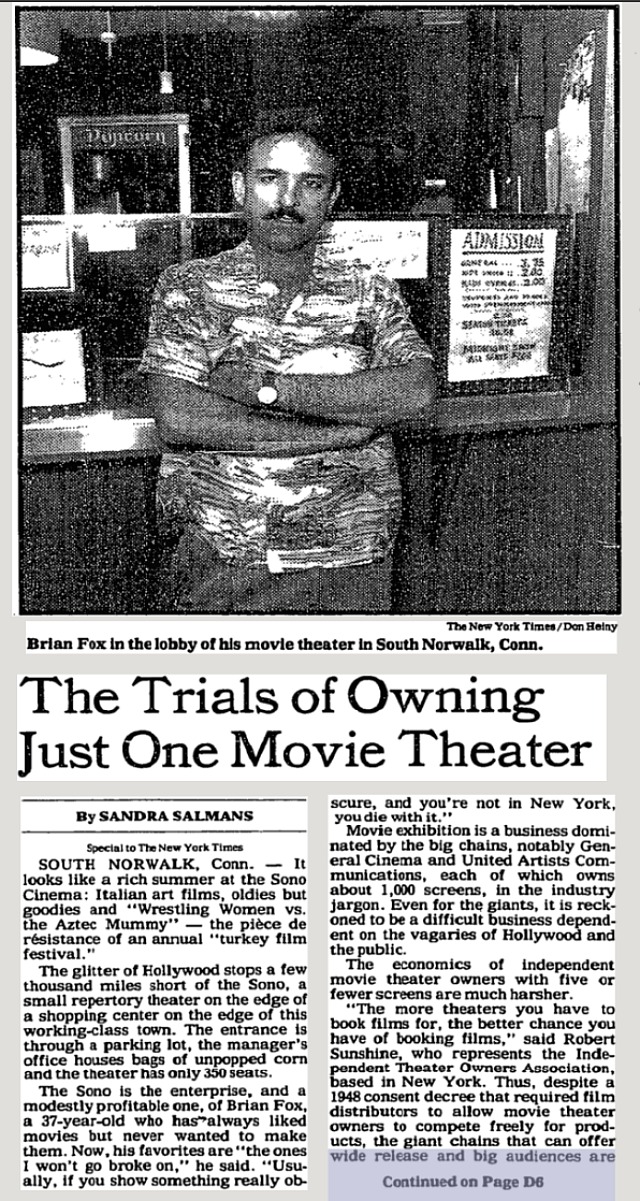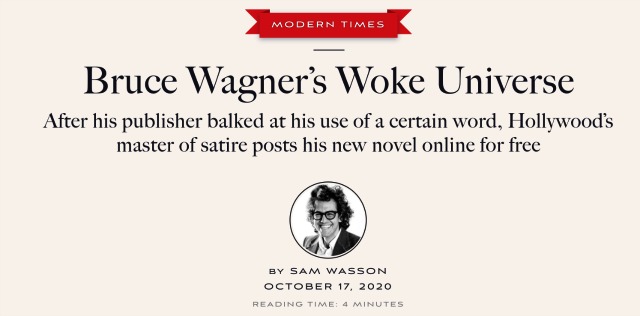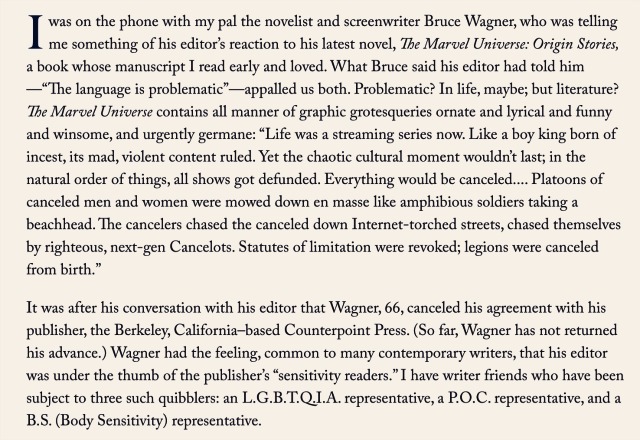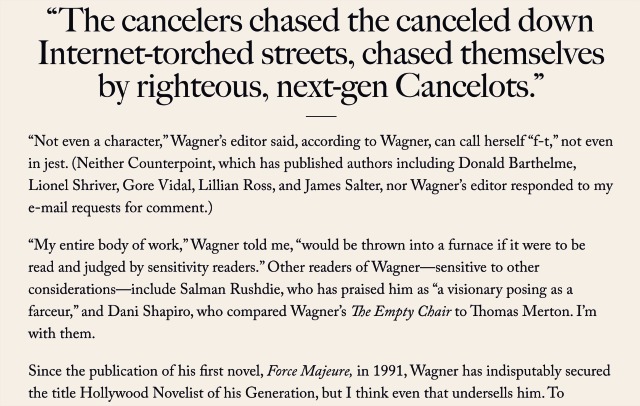Earlier today a friend observed that the 2020/’21 Oscars are going to be a virtue-signaling “shit show.” Representational politics, woke priorities, aspirational attitudes…pretty much everything that your average popcorn-eating movie lover doesn’t necessarily look for as he/she buys a ticket or pops for a rental.
At least a few of the 2021 Best Picture contenders will be about POC characters and situations, and the odds that a woman will be nominated for and possibly win the Best Director trophy are fairly high. The presumption is still that Nomadland is the odds-on favorite to win the Best Picture Oscar, and that its director, Chloe Zhao, is likely to win for Best Director.
This morning I threw together a list of likely contenders while asking Awards Daily‘s Sasha Stone and World of Reel‘s Jordan Ruimy for their own Best Picture spitballs. We all agree that the hottest five are Nomadland, Florian Zeller‘s The Father, David Fincher‘s Mank, Aaron Sorkin‘s The Trial of the Chicago 7 and Paul Greengrass‘s News of the World. Yes, two of these are unseen but you know Fincher and Greengrass will deliver..
After that it gets a little dicey. I feel that Regina King‘s One Night in Miami is a respectable film as far as it goes, but not necessarily Best Picture material. Then again it checks the right boxes. I haven’t seen Lee Isaac Chung‘s Minari but it also has the right kind of non-Anglo pedigree. Lee Daniels‘ The United States vs. Billie Holiday also meets the requirements. Ditto Shaka King‘s Judas and the Black Messiah and George C. Wolfe‘s Ma Rainey’s Black Bottom (Netflix, 12.18).
There’s also Taika Watiti‘s Next Goal Wins, but who knows?
Here’s what Stone said earlier today about the Best Picture Oscar situation as it currently stands:
“The good news about [my] list is that it checks off the boxes of what is required of Hollywood and the Oscars at this point in time.” Politically, she means. The right kind of potential would-be nominees whose nominations would convey the right kind of values and statements for the political-cultural times in which we live.
“The slate overall is a bit slimmer than we’re used to, which will allow for less juggernaut competition and thus, films that might not have a shot otherwise will likely have a better shot to be represented,” Stone explained. “It’s probably going to be GenZ’s favorite Oscar year ever.
“I would not be surprised to see Rod Lurie’s The Outpost pop up in a few places as it’s one movie that is really not like any of the others and could stand out for that reason. But for now, I think it’s probably too risky to predict for the Academy.
Earlier this month I posted a list of films that qualify as the year’s best for cinematic reasons alone, without necessarily assessing the wokester factor. Here they are.
Blind comment #1: “The bottom line is that there aren’t that many [Oscar contending] movies this year so it’s a good time to really pay the p.c. piper.” Blind comment #2: “Critics group choices will be politically correct up and down the line. You know that.” Blind comment #3: “Here we have the full spectrum of identity politics represented [with the current list]. Not just Chicago 7 but also a Black Panther movie. Not just a woman director but women of color. You get the drift.” Blind comment #4: “The political Oscar calculus was already bad enough [before the pandemic]. This year it’s gonna be 100X worse.”



